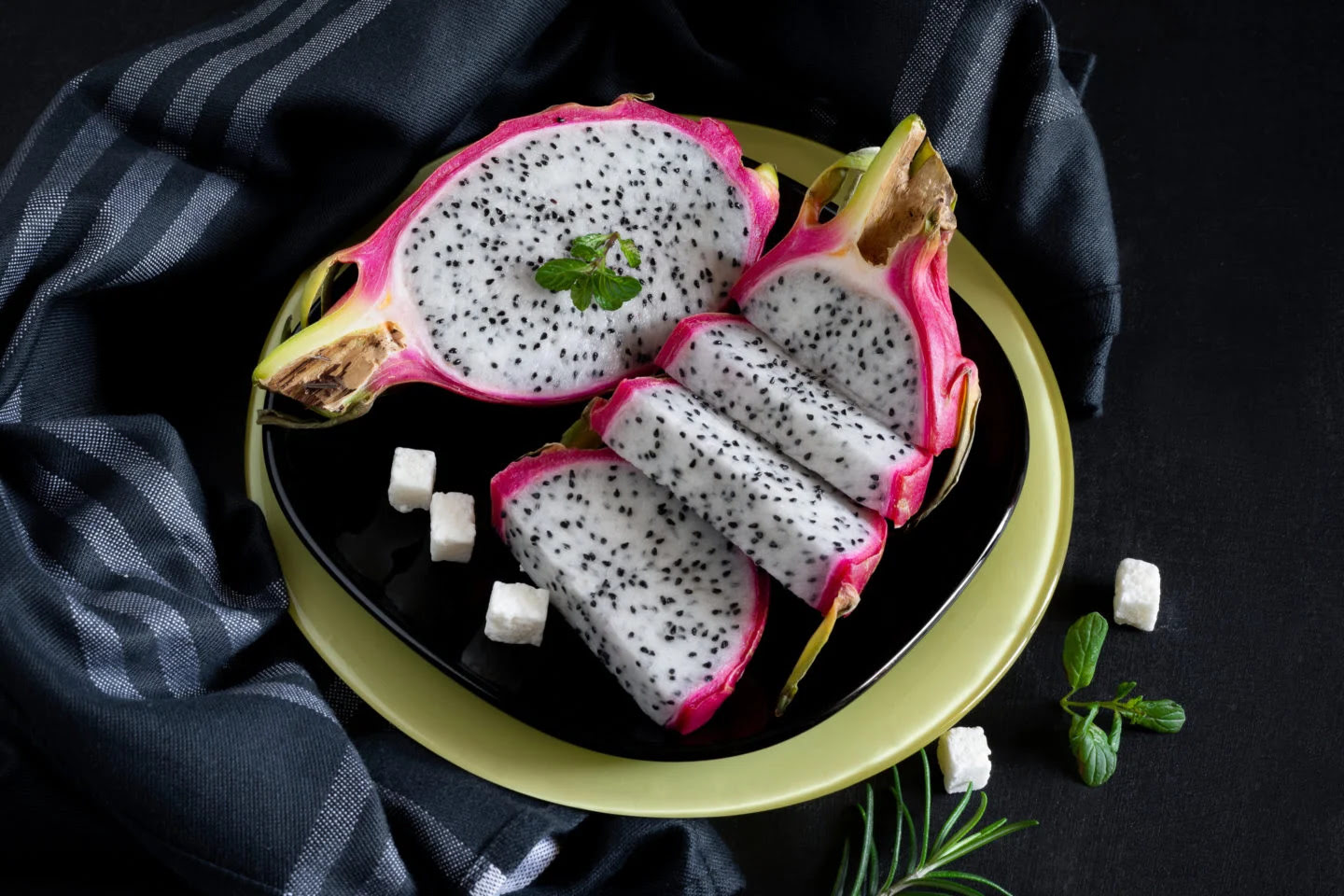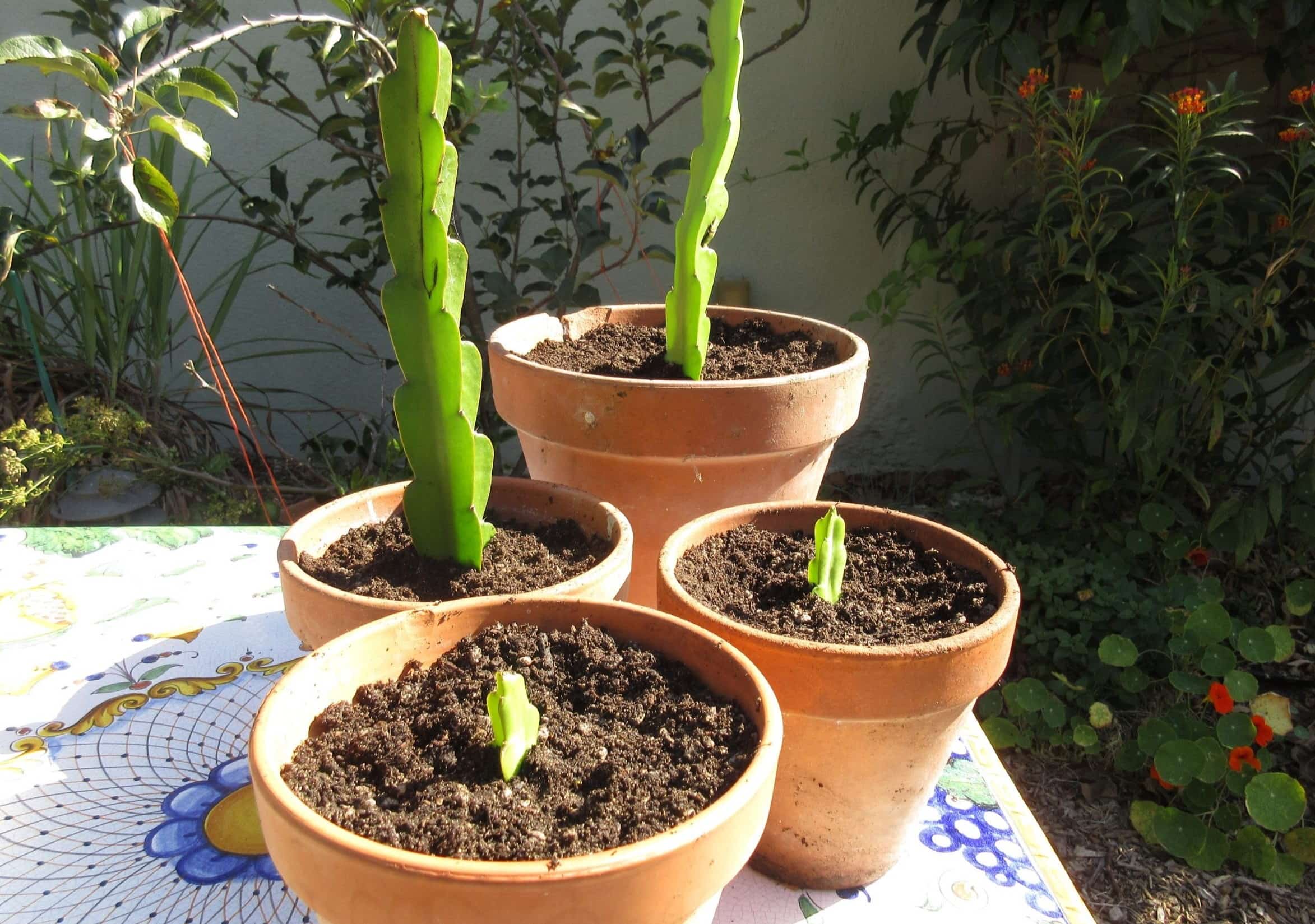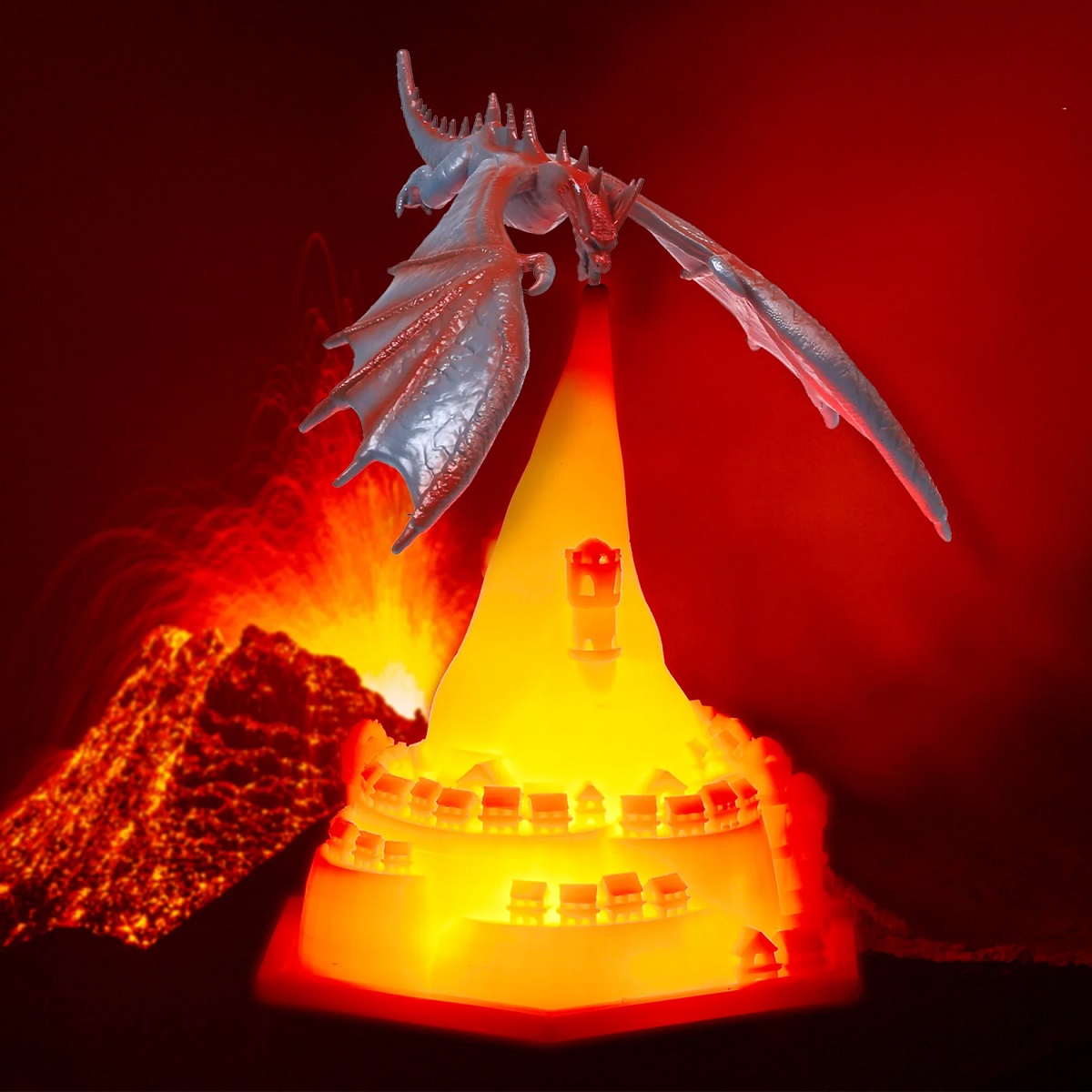Home>Furniture & Design>Interior Design Trends>What Is Dragon Glass


Interior Design Trends
What Is Dragon Glass
Published: February 4, 2024
Discover the latest interior design trends with our comprehensive guide to dragon glass and its impact on modern decor. Explore innovative ideas and inspiration for incorporating this unique material into your home design.
(Many of the links in this article redirect to a specific reviewed product. Your purchase of these products through affiliate links helps to generate commission for Storables.com, at no extra cost. Learn more)
Introduction
In the realm of interior design, trends come and go like the changing seasons. One such trend that has captured the imagination of designers and homeowners alike is the mesmerizing allure of dragon glass. This enigmatic material has surged in popularity, adding a touch of mystique and elegance to contemporary interiors. But what exactly is dragon glass, and why has it become a coveted element in interior design?
The term "dragon glass" evokes a sense of wonder and intrigue, conjuring images of mythical creatures and ancient legends. In reality, dragon glass is a type of obsidian, a naturally occurring volcanic glass formed when molten lava cools rapidly. This rapid cooling process prevents the formation of crystalline structures, resulting in a smooth, glossy, and often translucent material with a striking appearance.
The allure of dragon glass lies in its unique properties, which set it apart from conventional materials used in interior design. Its smooth texture, deep color variations, and captivating translucency make it a versatile and captivating choice for a wide range of applications. From sleek countertops and statement wall panels to stunning decorative accents, dragon glass has emerged as a distinctive and sought-after option for adding a touch of drama and sophistication to interior spaces.
As the demand for distinctive and unconventional design elements continues to grow, dragon glass has carved out a prominent place in the world of interior design. Its ability to infuse spaces with an air of mystery and elegance has made it a favorite among designers seeking to create memorable and visually striking environments. Whether used sparingly to add a touch of opulence or employed as a focal point to command attention, dragon glass has proven to be a captivating addition to modern interiors.
As we delve deeper into the origins, properties, uses, and sources of dragon glass, we will uncover the captivating allure of this extraordinary material and gain insight into its enduring appeal in the realm of interior design.
Key Takeaways:
- Dragon glass, also known as obsidian, is a captivating material in interior design, formed from rapid cooling of molten lava. Its unique properties, durability, and timeless elegance make it a sought-after choice for creating visually striking spaces.
- Dragon glass can be found in geological locations worldwide, including the western United States, Mexico, Iceland, Japan, New Zealand, and Turkey. Its rich history and enigmatic allure make it a timeless and captivating choice for interior design.
Read more: Why Do Bearded Dragons Glass Surf
Origins of Dragon Glass
The origins of dragon glass can be traced back to ancient volcanic activity, where molten lava rapidly cooled to form a unique type of glass known as obsidian. This natural glass, with its striking appearance and captivating translucency, has long been revered for its enigmatic allure. The term "dragon glass" itself conjures images of mythical creatures and ancient legends, adding to its mystique and fascination.
Obsidian, the precursor to dragon glass, is formed during volcanic eruptions when lava rich in silica cools rapidly. This rapid cooling process prevents the formation of crystalline structures, resulting in a smooth, glossy, and often translucent material. The deep color variations and smooth texture of obsidian contribute to its captivating aesthetic appeal, making it a highly sought-after material for various applications, including interior design.
The association of obsidian with the mythical substance known as dragon glass can be attributed to its remarkable properties and historical significance. Throughout history, obsidian has been used for crafting tools, weapons, and decorative objects due to its sharp edges and relative ease of shaping. In ancient times, it was highly prized for its utility and perceived mystical properties, leading to its inclusion in various cultural and ceremonial practices.
The allure of obsidian, and by extension dragon glass, lies in its connection to ancient traditions and its ability to evoke a sense of mystery and elegance. The material's rich history and captivating appearance have contributed to its enduring appeal in the realm of interior design, where it is celebrated for its ability to infuse spaces with a touch of drama and sophistication.
As the demand for distinctive and unconventional design elements continues to grow, the origins of dragon glass remain rooted in the ancient processes that gave rise to this extraordinary material. Its association with volcanic activity, coupled with its unique properties, has solidified its place as a coveted and captivating choice for designers seeking to create visually striking and memorable interiors.
Properties of Dragon Glass
Dragon glass, also known as obsidian, possesses a distinctive set of properties that distinguish it as a captivating and versatile material for interior design. These properties contribute to its enduring allure and make it a sought-after choice for creating visually striking and memorable spaces.
1. Unique Texture and Appearance
The smooth and glossy texture of dragon glass sets it apart from conventional materials used in interior design. Its deep color variations, ranging from jet black to rich mahogany, add a touch of drama and sophistication to any space. The captivating translucency of certain types of obsidian further enhances its visual appeal, creating an intriguing interplay of light and shadow.
2. Durability and Resilience
Despite its elegant appearance, dragon glass is remarkably durable and resilient. Its formation through rapid cooling of molten lava results in a material with exceptional hardness and strength. This makes it well-suited for applications that require enduring beauty and longevity, such as countertops, statement wall panels, and decorative accents.
3. Versatility in Design
Dragon glass offers designers a versatile medium for creative expression. Its ability to be shaped and polished to a high sheen allows for the creation of bespoke elements that seamlessly integrate with various design styles. Whether used as a focal point or as subtle embellishments, dragon glass lends itself to a wide range of design applications, from modern and minimalist to opulent and ornate.
4. Reflective and Light-Capturing Qualities
The reflective nature of dragon glass makes it an ideal choice for enhancing the play of light within interior spaces. When used strategically, it can amplify natural and artificial lighting, adding depth and dimension to the environment. This quality contributes to the creation of visually dynamic and inviting interiors.
5. Timeless Elegance
Dragon glass exudes a timeless elegance that transcends fleeting design trends. Its inherent beauty and enigmatic allure have ensured its enduring relevance in interior design. Whether employed in contemporary, traditional, or eclectic settings, dragon glass imparts a sense of refinement and sophistication that stands the test of time.
In essence, the properties of dragon glass, characterized by its unique texture, durability, versatility, light-capturing qualities, and timeless elegance, position it as a material of choice for designers seeking to imbue spaces with a touch of mystique and visual allure. Its ability to captivate the senses and elevate interior environments underscores its significance in the ever-evolving landscape of interior design.
Uses of Dragon Glass
Dragon glass, with its captivating properties and enigmatic allure, finds diverse and compelling uses in the realm of interior design. Its unique texture, durability, and timeless elegance make it a versatile material for creating visually striking and memorable spaces. From sleek countertops to statement wall panels, dragon glass lends itself to a wide range of applications, each harnessing its captivating qualities to elevate interior environments.
1. Countertops and Surfaces
One of the most prominent uses of dragon glass is in the creation of stunning countertops and surfaces. Its smooth texture, deep color variations, and reflective qualities make it an ideal choice for adding a touch of drama and sophistication to kitchen and bathroom spaces. Whether used in its natural form or polished to a high sheen, dragon glass countertops exude a sense of luxury and elegance, becoming a focal point that commands attention.
2. Statement Wall Panels
In interior design, the use of dragon glass extends to the creation of statement wall panels that serve as captivating focal points within a space. The unique texture and captivating translucency of certain types of obsidian allow for the crafting of bespoke wall panels that play with light and shadow, adding depth and visual interest to the environment. Whether employed in residential or commercial settings, dragon glass wall panels infuse spaces with a touch of mystique and sophistication.
3. Decorative Accents
Dragon glass serves as a captivating material for crafting decorative accents that elevate the aesthetic appeal of interior spaces. From ornate sculptures and lighting fixtures to intricately designed vases and objet d'art, the versatility of dragon glass allows for the creation of bespoke decorative elements that add a touch of opulence and refinement to any setting. These accents serve as conversation pieces, drawing the eye and adding a sense of intrigue to the overall design scheme.
4. Lighting Features
The reflective and light-capturing qualities of dragon glass make it an ideal choice for enhancing lighting features within interior spaces. When used in the creation of light fixtures, such as pendant lights and chandeliers, dragon glass amplifies the play of light, casting captivating patterns and reflections that contribute to the ambiance of the space. This application of dragon glass adds a layer of visual dynamism and sophistication to interior environments.
Read more: What Wattage Heat Lamp For A Bearded Dragon
5. Bespoke Furniture
Designers often harness the versatility of dragon glass to create bespoke furniture pieces that exude elegance and refinement. Whether incorporated into tabletops, cabinet doors, or decorative insets, dragon glass adds a touch of luxury and sophistication to furniture design. Its ability to seamlessly integrate with various materials, such as wood and metal, allows for the creation of custom pieces that embody a harmonious blend of textures and visual allure.
In essence, the uses of dragon glass in interior design are as diverse as they are compelling. From functional elements such as countertops and surfaces to decorative accents and bespoke furniture, this extraordinary material continues to captivate designers and homeowners alike, offering endless possibilities for creating visually striking and memorable spaces.
Where to Find Dragon Glass
Dragon glass, also known as obsidian, can be found in various geological locations around the world. Its formation is closely tied to volcanic activity, and as such, regions with a history of volcanic eruptions are prime sources of this captivating material. Some of the notable locations where dragon glass can be found include:
-
Western United States: The western region of the United States, particularly areas encompassing states such as California, Oregon, and Nevada, boasts significant deposits of obsidian. This natural glass, formed as a result of past volcanic activity, can be found in various colors and textures, making it a sought-after material for artisans and designers.
-
Mexico: Mexico is renowned for its abundant reserves of obsidian, with deposits found in regions such as the state of Hidalgo and the Baja California peninsula. The country's rich geological history has contributed to the formation of diverse types of obsidian, each exhibiting unique color variations and visual characteristics.
-
Iceland: Known for its dramatic volcanic landscapes, Iceland is another notable source of obsidian. The country's volcanic activity has given rise to extensive deposits of this natural glass, which has been historically utilized for crafting tools, jewelry, and decorative objects.
-
Japan: In Japan, obsidian holds cultural and historical significance, with deposits found in regions such as Hokkaido and Nagano. The country's volcanic terrain has yielded a variety of obsidian types, each prized for its distinct aesthetic qualities and traditional craftsmanship.
-
New Zealand: The volcanic regions of New Zealand, particularly the North Island, are known for their abundant obsidian deposits. This natural glass, revered by indigenous Māori culture, has been historically used for crafting tools, weapons, and ornamental items, reflecting its enduring cultural importance.
-
Turkey: Turkey is home to diverse obsidian deposits, with notable sources found in regions such as Cappadocia and eastern Anatolia. The country's geological diversity has given rise to obsidian varieties that exhibit striking colorations and visual appeal.
These geographical locations represent just a few of the many areas where dragon glass, in the form of obsidian, can be found. The unique geological processes and volcanic histories of these regions have contributed to the formation of this captivating material, which continues to inspire designers and artisans with its enigmatic allure and timeless elegance.
Conclusion
In conclusion, the enigmatic allure of dragon glass, also known as obsidian, has firmly established its place as a captivating and versatile material in the realm of interior design. From its origins rooted in ancient volcanic activity to its unique properties and diverse uses, dragon glass continues to captivate designers and homeowners alike with its timeless elegance and enigmatic allure.
The origins of dragon glass can be traced back to the rapid cooling of molten lava, resulting in the formation of obsidian, a natural glass with a smooth texture, deep color variations, and captivating translucency. This material, historically associated with mythical substances and ancient traditions, has transcended time to become a coveted element in contemporary interior design.
The properties of dragon glass, characterized by its unique texture, durability, versatility, light-capturing qualities, and timeless elegance, position it as a material of choice for designers seeking to imbue spaces with a touch of mystique and visual allure. Its ability to captivate the senses and elevate interior environments underscores its significance in the ever-evolving landscape of interior design.
The uses of dragon glass in interior design are as diverse as they are compelling, ranging from sleek countertops and statement wall panels to decorative accents, lighting features, and bespoke furniture. Each application harnesses the captivating qualities of dragon glass to create visually striking and memorable spaces, adding a touch of drama and sophistication to interior environments.
When it comes to sourcing dragon glass, geological locations around the world, including the western United States, Mexico, Iceland, Japan, New Zealand, and Turkey, offer abundant reserves of obsidian. These regions, with their rich volcanic histories, have contributed to the formation of diverse types of obsidian, each exhibiting unique color variations and visual characteristics.
In essence, the enduring appeal of dragon glass lies in its ability to infuse spaces with a sense of mystery, elegance, and visual allure. As interior design trends continue to evolve, dragon glass stands as a timeless and captivating choice for creating environments that leave a lasting impression. Whether employed in contemporary, traditional, or eclectic settings, dragon glass remains a symbol of refinement and sophistication, adding a touch of mystique to the ever-changing landscape of interior design.
Frequently Asked Questions about What Is Dragon Glass
Was this page helpful?
At Storables.com, we guarantee accurate and reliable information. Our content, validated by Expert Board Contributors, is crafted following stringent Editorial Policies. We're committed to providing you with well-researched, expert-backed insights for all your informational needs.













0 thoughts on “What Is Dragon Glass”